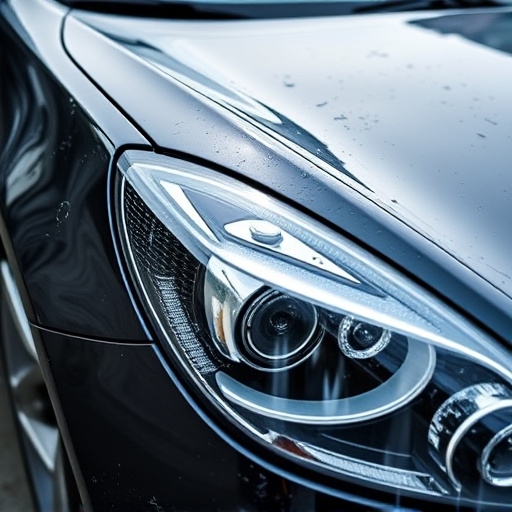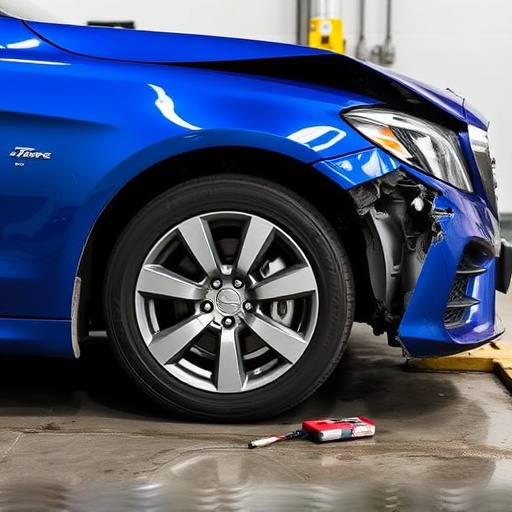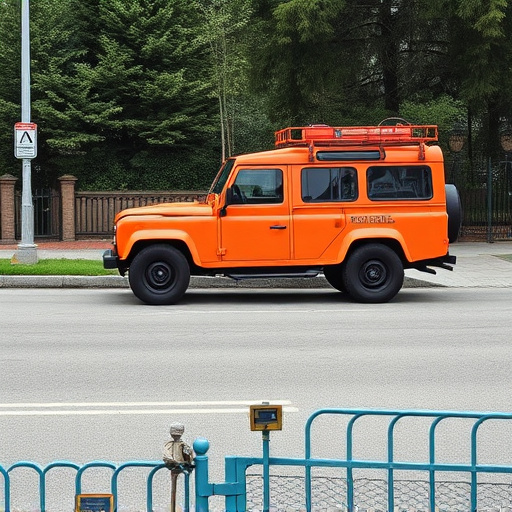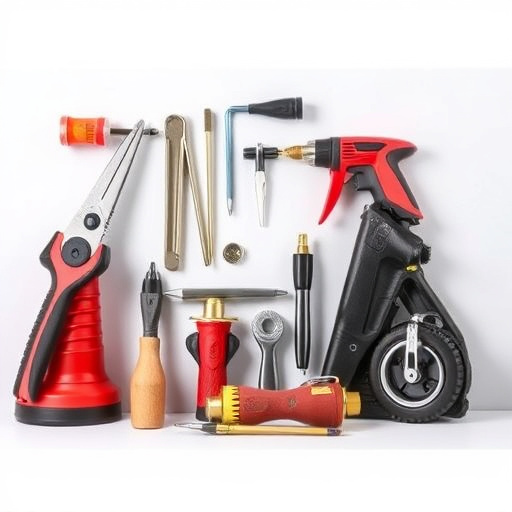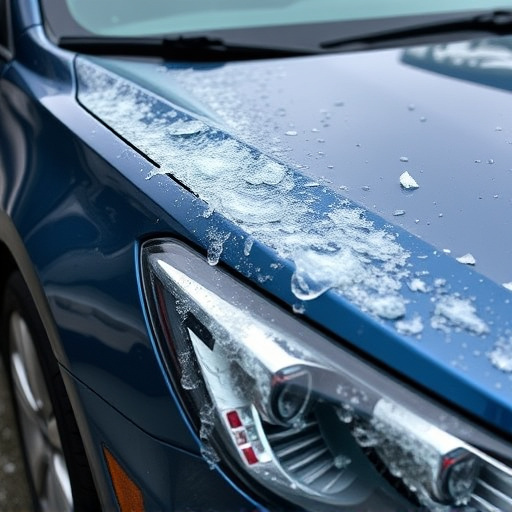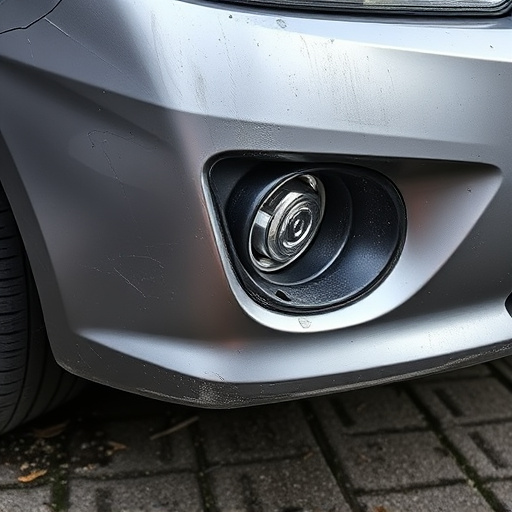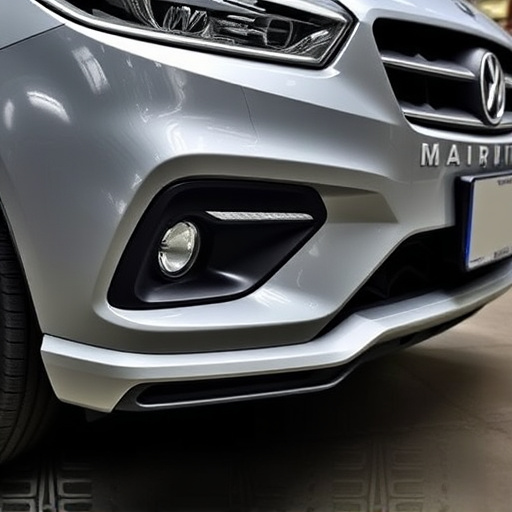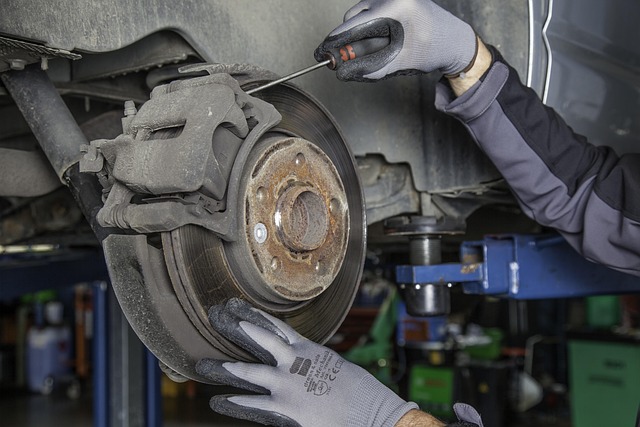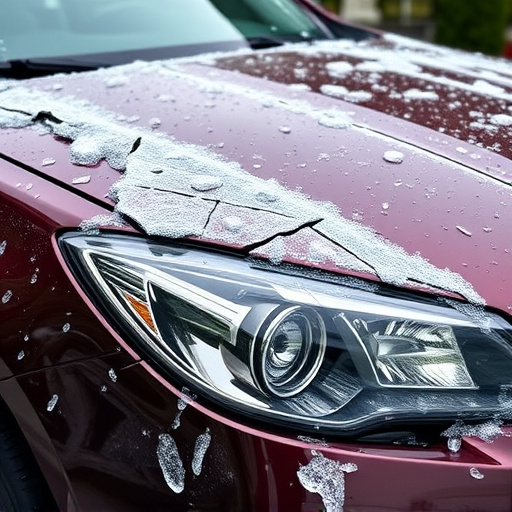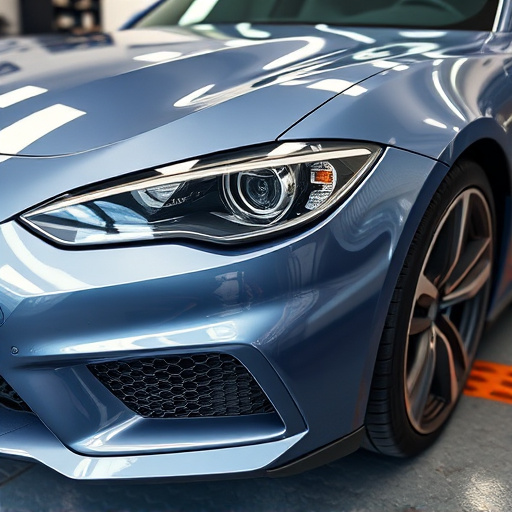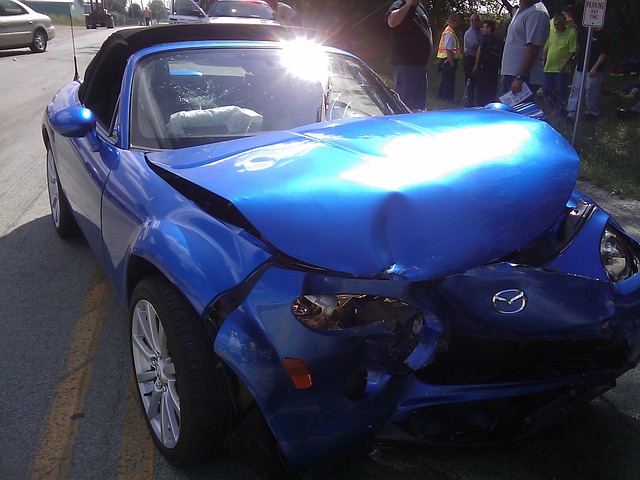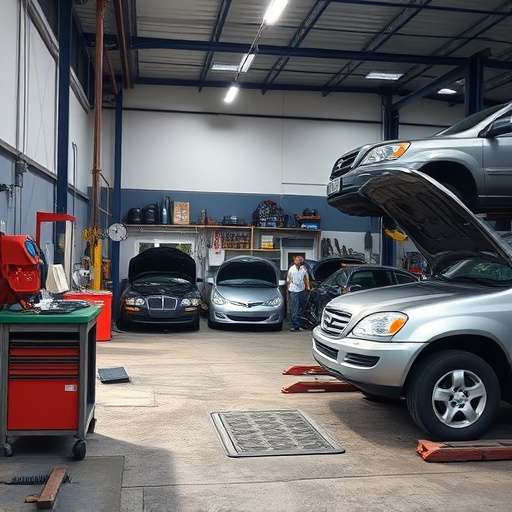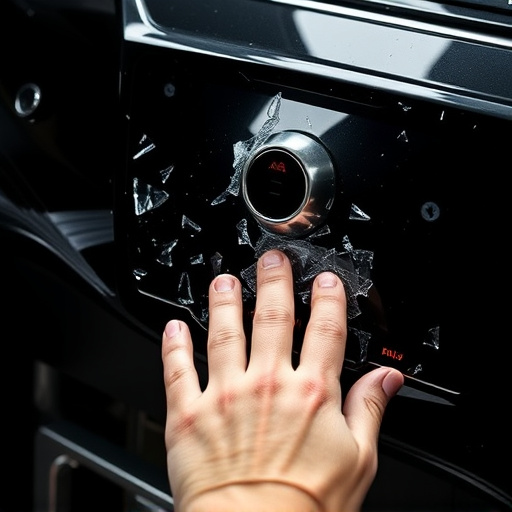Pulling system collision repair is a specialized technique using advanced equipment to precisely realign damaged vehicle parts, ideal for complex geometric repairs. Skilled technicians perform pre-repair inspections, document damage, and use top-notch components for successful restoration. Post-repair testing ensures safety, performance, and structural integrity through comprehensive checks of critical systems and advanced diagnostic tools.
In today’s automotive landscape, pulling system collision repair has emerged as a game-changer in ensuring precise and efficient vehicle restoration. This article delves into the intricacies of this advanced repair technique, guiding you through every step from understanding its techniques to post-repair testing protocols. Discover how pre-repair inspections prepare vehicles for meticulous reconstruction, culminating in rigorous testing to guarantee top-notch performance and safety standards after collision.
- Understanding Pulling System Collision Repair Techniques
- Pre-Repair Inspection and Preparation Process
- Comprehensive Post-Repair Vehicle Testing Protocols
Understanding Pulling System Collision Repair Techniques
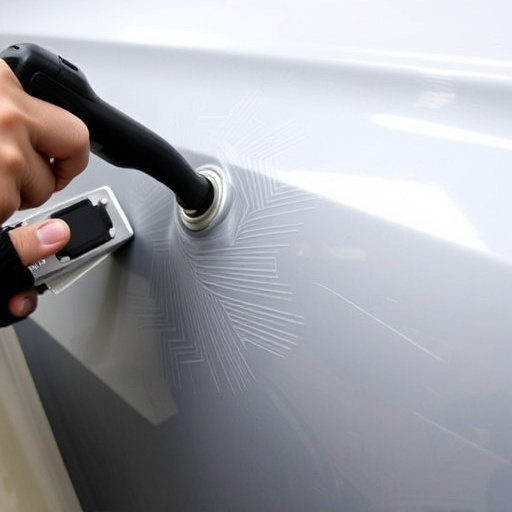
Pulling system collision repair is a specialized technique that involves using advanced equipment to pull and align damaged vehicle components back to their original specifications. This method is particularly effective for complex geometric repairs, ensuring precise and accurate results in car restoration processes. By employing this approach, automotive repair services can effectively address various types of damage, from minor dents and dings to significant structural issues.
The process leverages a sophisticated system of hydraulic or mechanical pulls, enabling technicians to gently manipulate car body panels, frames, and other components back into their correct positions. This not only facilitates efficient car paint repair but also ensures the overall integrity and safety of the vehicle. Understanding these pulling techniques is crucial for achieving superior outcomes in collision repair, enhancing the quality of post-repair vehicle testing and ensuring customer satisfaction.
Pre-Repair Inspection and Preparation Process
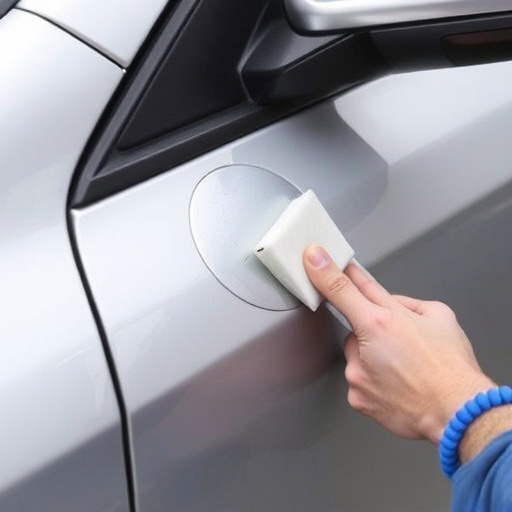
Before initiating any pulling system collision repair, a thorough pre-repair inspection is carried out to assess the extent of damage and identify all affected components. This meticulous process involves examining the vehicle’s structure, underbody, and key systems such as brakes, suspension, and steering mechanisms. Skilled technicians use advanced tools and techniques to detect even subtle discrepancies that could impact the repair outcome.
During preparation, the auto repair shop ensures proper documentation of the damage, capturing detailed images and creating a comprehensive repair estimate. This allows for precise planning, accurate cost estimation, and effective communication with clients about the collision repair services required. Once ready, the vehicle is carefully readied for the restoration process, guaranteeing that every element is in place for successful pulling system collision repair.
Comprehensive Post-Repair Vehicle Testing Protocols
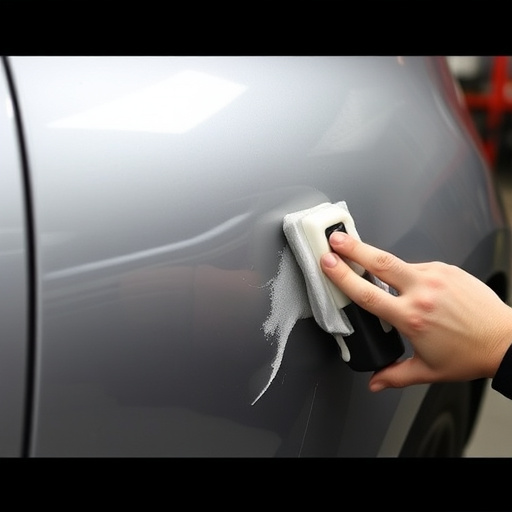
After a successful pulling system collision repair, thorough post-repair vehicle testing is paramount to ensure the safety and performance of the automobile. These protocols go beyond basic visual inspections, encompassing a multi-faceted approach to guarantee each component functions optimally. Comprehensive testing includes checking critical systems such as brakes, steering, suspension, and electrical components, using specialized equipment to simulate real-world driving conditions.
In light of the above, auto repair near me specialists employ advanced diagnostic tools to detect any discrepancies or unfixed issues from the collision. This meticulous process involves dynamic tests like road simulations to assess handling and stability, ensuring a seamless drive. Moreover, auto painting and car body restoration techniques are evaluated for precision and quality, restoring not just structural integrity but also aesthetic appeal.
Pulling system collision repair techniques, combined with rigorous pre- and post-repair testing, ensure vehicles return to their original state. By understanding these methods and implementing comprehensive testing protocols, auto body shops can guarantee superior repair quality and customer satisfaction. This approach is vital for maintaining safety standards and fostering trust in the automotive industry.
